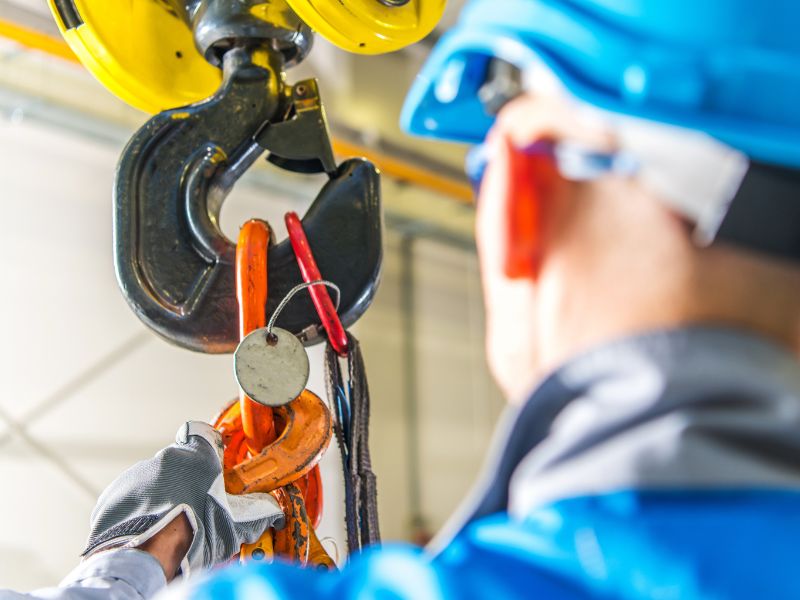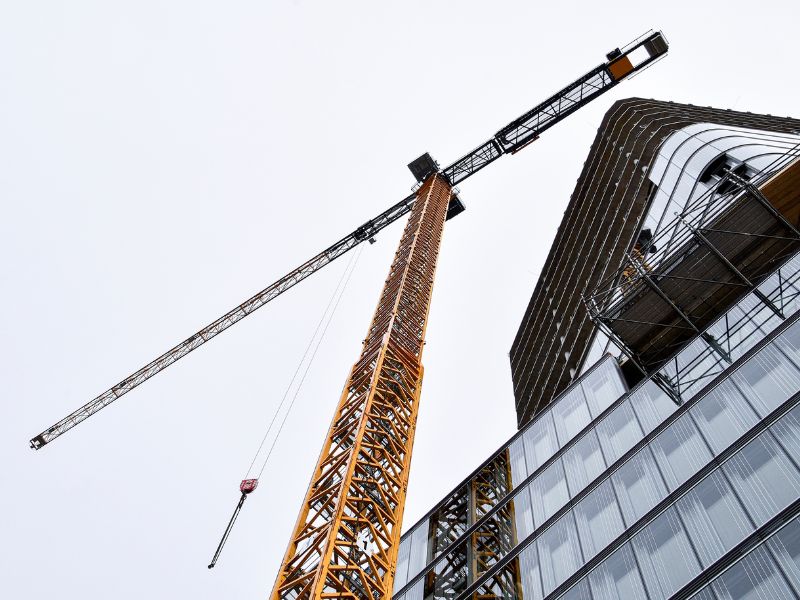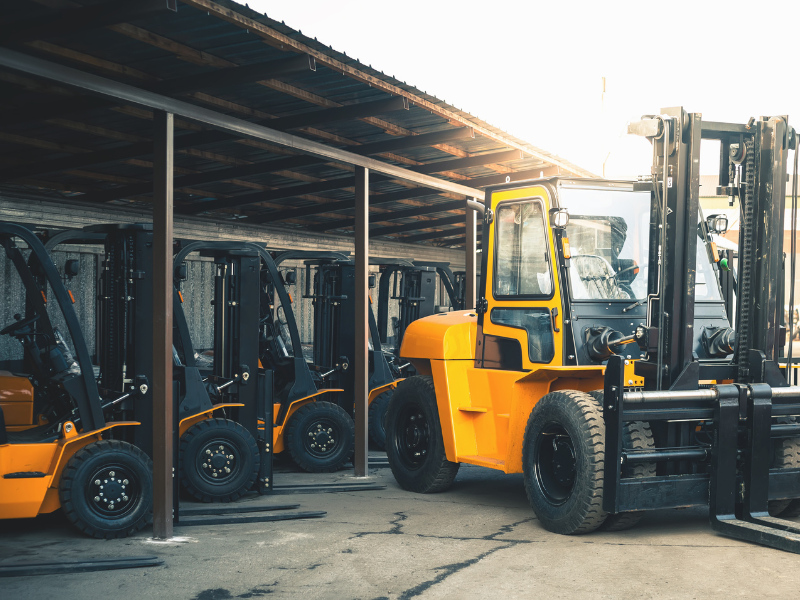Using a construction crane is a complex task that requires skill, knowledge, and a strong emphasis on safety. Whether you’re an experienced crane operator or a beginner in the construction industry, understanding the essential aspects of crane operation is crucial for safe and efficient work.
In this guide, we will explore the key considerations you should be aware of when using a construction crane. From equipment familiarization to safety protocols and maintenance practices, we’ll cover everything you need to know to excel in crane operations.
Working with construction crane – equipment familiarization
To operate a construction crane effectively, it is vital to familiarize yourself with the equipment and its various components. Here are some key aspects to consider:
- Crane types: Different types of cranes are used in construction, such as tower cranes, mobile cranes, and crawler cranes. Understand the capabilities, limitations, and specific applications of each crane type. Then select the most suitable one for the task at hand.
- Crane components: Learn about the essential components of a crane, including the boom, jib, hoist, trolley, outriggers, and counterweights. Understand how these components work together to enable safe and efficient lifting operations.
- Load charts: Familiarize yourself with the crane’s load charts. It provides important information about its lifting capacities based on various configurations, boom lengths, and operating conditions. Adhere to the load chart specifications to ensure safe lifting operations and avoid overloading the crane.
Safety protocols
Safety is paramount when operating a construction crane. Follow these crucial safety protocols to minimize risks and ensure the well-being of everyone on the job site:
- Qualified Operators: Only trained and certified operators should operate cranes. Ensure that you possess the necessary construction certifications, licenses, and knowledge to handle the specific type of crane you’re operating.
- Pre-operational inspections: Conduct thorough inspections of the crane before each use. Check for any signs of damage, malfunction, or wear and tear. Inspect critical components such as cables, hooks, and safety devices. Ensure that the crane is in proper working condition and report any issues immediately.
- Site preparation: Prepare the work site properly to create a safe operating environment. Clear the area of obstacles, such as power lines, trees, and other equipment. Ensure that the ground is stable and capable of supporting the crane’s weight.
- Communication. Establish clear and effective communication protocols among the crane operator, signal person, and other personnel involved in the lifting operation. Use standardized hand signals or radio communication systems to ensure smooth coordination.
- Load management: Understand the principles of load management to prevent overloading and maintain stability. Properly secure the load using appropriate rigging techniques and equipment. Ensure that the load is evenly distributed and within the crane’s lifting capacity.
- Weather conditions: Monitor weather conditions closely. Avoid operating the crane in high winds, storms, or other adverse weather conditions that could compromise safety. Wind speed limits for crane operations should be strictly followed.
Maintenance practices and construction crane
Regular maintenance is essential to keep the crane in optimal condition and prevent accidents due to equipment failure. Consider the following maintenance practices:
- Scheduled inspections: Follow the manufacturer’s guidelines for scheduled inspections and maintenance procedures. Regularly check and maintain critical components, including hydraulic systems, brakes, cables, and electrical systems.
- Lubrication: Ensure that all moving parts are properly lubricated to minimize friction and wear. Use the recommended lubricants and follow the manufacturer’s instructions for lubrication intervals.
- Record keeping: Maintain comprehensive records of all inspections, maintenance activities, and repairs performed on the crane. This documentation is essential for tracking the crane’s maintenance history and identifying any recurring issues.
- Training and certification updates: Stay updated with the latest training and certification requirements for crane operation. Participate in refresher courses and professional development programs to enhance your skills and knowledge.
Operating a construction crane safely and efficiently requires a deep understanding of the equipment. By familiarizing yourself with crane types and components, you can ensure the smooth and secure operation of construction cranes. Remember, ongoing learning, communication, and attention to detail are crucial for successful crane operations in the construction industry.
If you wish to begin a career in the construction industry but don’t know where to start, contact Construction and Plant Training Service at 01234 604151 or 0777 18 12 418. We will help you to make your dreams come true.






